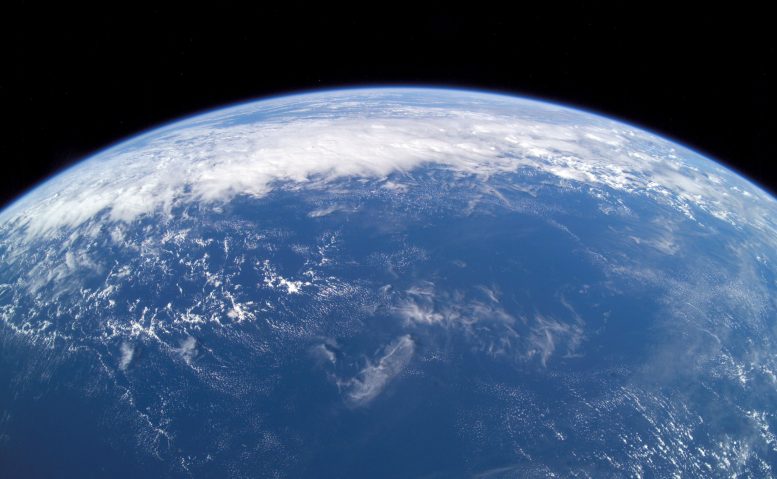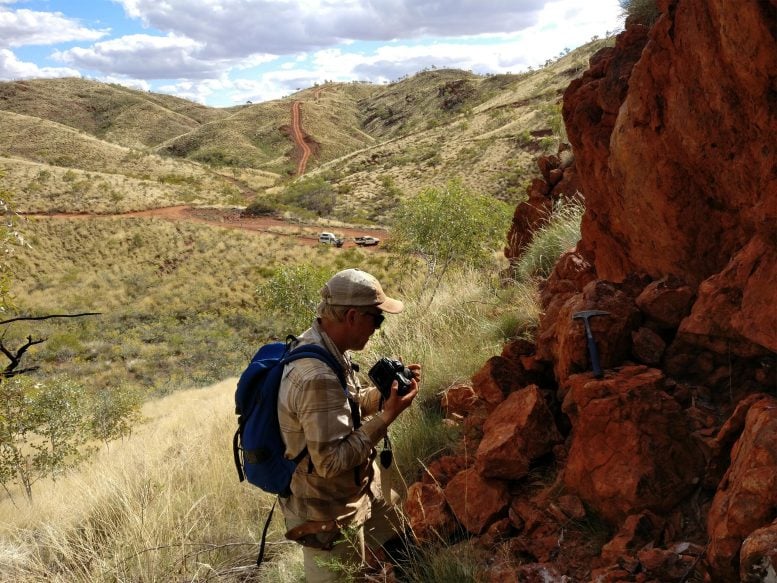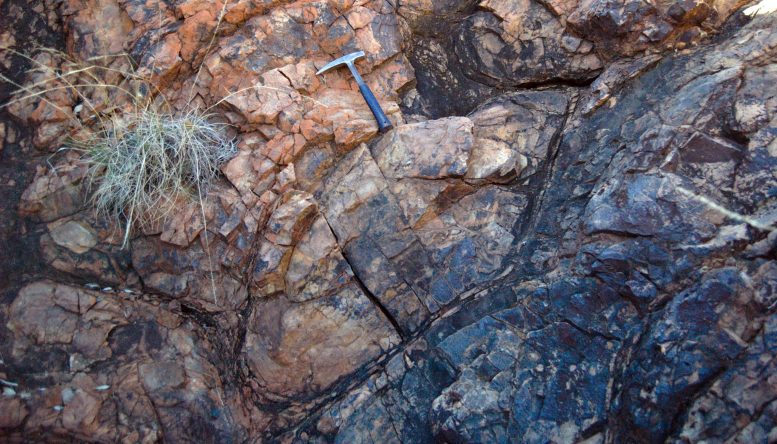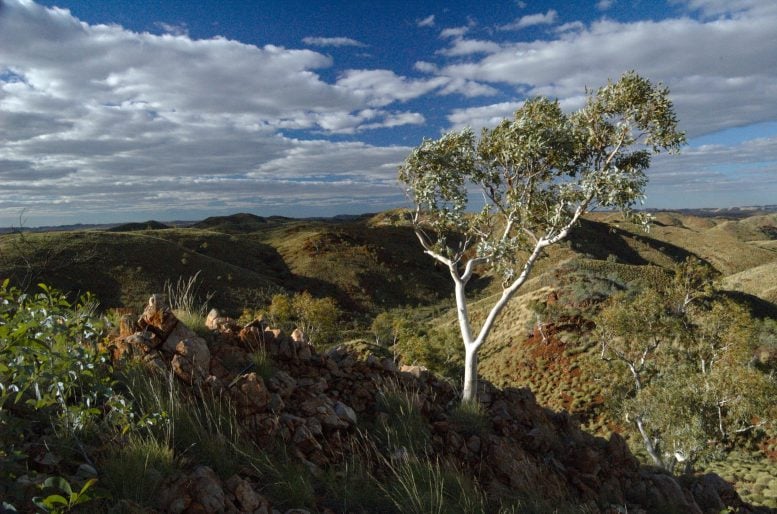
Kevin Costner, eat your heart out. New research shows that the early Earth, home to some of our planet’s first lifeforms, may have been a real-life “waterworld” — without a continent in sight.
The study, which appears today (March 2, 2020) in Nature Geoscience, takes advantage of a quirk of hydrothermal chemistry to suggest that the surface of Earth was likely covered by a global ocean 3.2 billion years ago. It may even have looked a bit like the post-apocalyptic, and land-free, future imagined in Costner’s infamous film Waterworld.
The group’s findings could help scientists to better understand how and where single-cell organisms first emerged on Earth, said Boswell Wing, a coauthor of the research.
“The history of life on Earth tracks available niches,” said Wing, an associate professor in the Department of Geological Sciences at the University of Colorado Boulder. “If you’ve got a waterworld, a world covered by ocean, then dry niches are just not going to be available.”
The study also feeds into an ongoing debate over what ancient Earth may have looked like: Was the planet much hotter than it is today?

“There was seemingly no way forward on that debate,” said lead author Benjamin Johnson, who conducted the research during a postdoctoral position in Wing’s lab at CU Boulder. “We thought that trying something different might be a good idea.”
A crazy place
For him and Wing, that something different centered around a geologic site called the Panorama district located deep in Northwestern Australia’s outback.
“Today, there are these really scrubby and rolling hills that are cut through by dry river beds,” said Johnson, now an assistant professor at Iowa State University in Ames. “It’s a crazy place.”
It’s also the resting spot for a 3.2 billion-year-old chunk of ocean crust that’s been turned on its side.

In the span of a day at Panorama, you can walk across what used to be the hard, outer shell of the planet — all the way from the base of that crust to the spots where water once bubbled up through the seafloor via hydrothermal vents.
The researchers saw it as a one-of-a-kind opportunity to pick up clues about the chemistry of ocean water from billions of years ago.
“There are no samples of really ancient ocean water lying around, but we do have rocks that interacted with that seawater and remembered that interaction,” Johnson said.
The process, he explained, is like analyzing coffee grounds to gather information about the water that poured through it. To do that, the researchers analyzed data from more than 100 rock samples from across the dry terrain.
They were looking, in particular, for two different flavors — or “isotopes” — of oxygen trapped in stone: a slightly heavier atom called Oxygen-18 and a lighter one called Oxygen-16.

The duo discovered that the ratio of those two isotopes of oxygen may have been a bit off in seawater 3.2 billion years ago — with just a smidge more Oxygen-18 atoms than you’d see today.
“Though these mass differences seem small, they are super sensitive,” Wing said.
Lost at sea
Sensitive, it turns out, to the presence of continents. Wing explained that today’s land masses are covered by clay-rich soils that disproportionately take up heavier oxygen isotopes from the water–like mineral vacuums for Oxygen-18.
The team theorized that the most likely explanation for that excess Oxygen-18 in the ancient oceans was that there simply weren’t any soil-rich continents around to suck the isotopes up. That doesn’t mean, however, that there weren’t any spots of dry land around.
“There’s nothing in what we’ve done that says you can’t have teeny, micro-continents sticking out of the oceans,” Wing said. “We just don’t think that there were global-scale formation of continental soils like we have today.”
Which leaves a big question: When did plate tectonics push up the chunks of rock that would eventually become the continents we know and love?
Wing and Johnson aren’t sure. But they’re planning to scour other, younger rock formations at sites from Arizona to South Africa to see if they can spot when land masses first roared onto the scene.
“Trying to fill that gap is really important,” Johnson said.
For now, Costner may want to start planning the prequel.
Reference: “Limited Archaean continental emergence reflected in an early Archaean 18O-enriched ocean” by Benjamin W. Johnson and Boswell A. Wing, 2 March 2020, Nature Geoscience.
DOI: 10.1038/s41561-020-0538-9